TRIBULUS: NATURE'S POTENT HERB FOR VITALITY
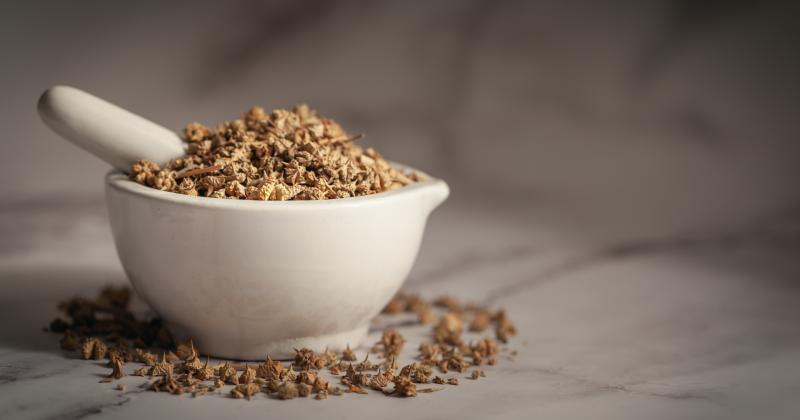 />
/>
Tribulus terrestris is a hardy, low-growing plant that belongs to the Zygophyllaceae family. It is typically found in warm and arid regions across the world, including parts of Europe, Asia, Africa, and the Americas. The plant's most distinctive feature is its spiky, flat fruit that is covered in sharp thorns. These thorns earned the plant its nickname "puncture vine" because they can puncture bicycle tires and the feet of unsuspecting passersby. read more ›
TONKA: NATURE'S FRAGRANT JEWEL
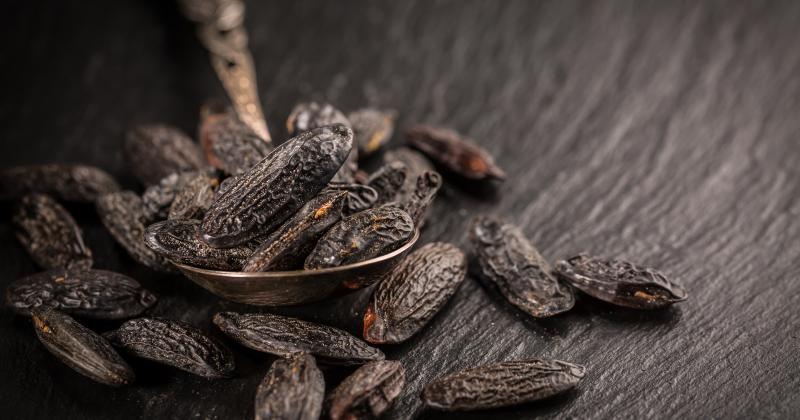 />
/>
Tonka trees are renowned for their impressive size, often reaching up to 100 feet in height. They feature tall trunks with dark brown bark and lush, vibrant foliage. The leaves are pinnately compound and glossy, with a deep green color. The tree produces small, fragrant, and delicate white flowers with a subtle hint of purple. These flowers eventually give way to the star of the show—the Tonka bean. read more ›
TARRAGON: A CULINARY HERB WITH A WEALTH OF TRADITION AND FLAVOR
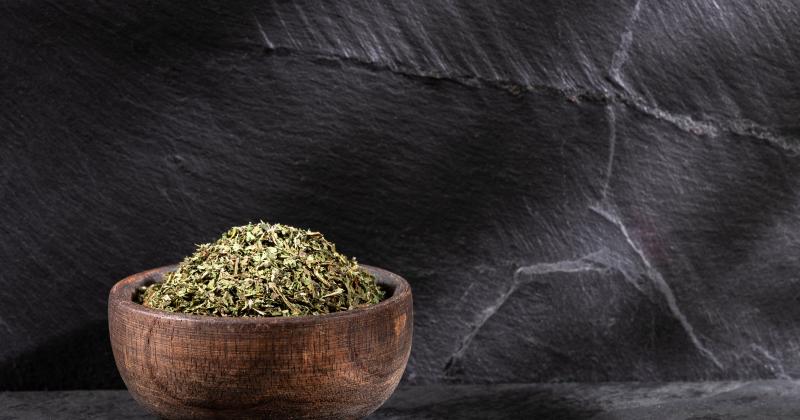 />
/>
The use of tarragon dates back centuries and is interwoven with a tapestry of folklore and practical application. Believed to have originated in Asia, tarragon found its way to Europe where it became a staple in many cuisines, especially French. It was traditionally used to stimulate the appetite and was a common component in the gardens of monasteries where herbs were cultivated for both seasoning and preservation. read more ›
TEASEL: AN EXPLORATION OF ITS NATURE AND TRADITIONAL USES
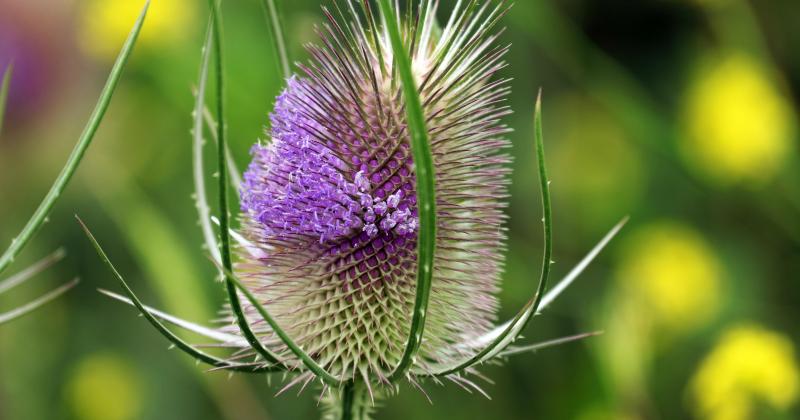 />
/>
Historically, teasel has had a multifaceted role in human activities. The dried heads of the plant were once widely used in textile processing to raise the nap on fabrics, a process known as 'teasing'. This historical use is so significant that it has influenced the common name of the plant. In traditional folk practices, teasel was revered for various purposes, including use in certain rituals and ceremonies. Its role in folklore is often as intriguing as its physical appearance. read more ›
THE FIERY WORLD OF TABASCO PEPPER: A BOTANICAL AND CULTURAL EXPLORATION
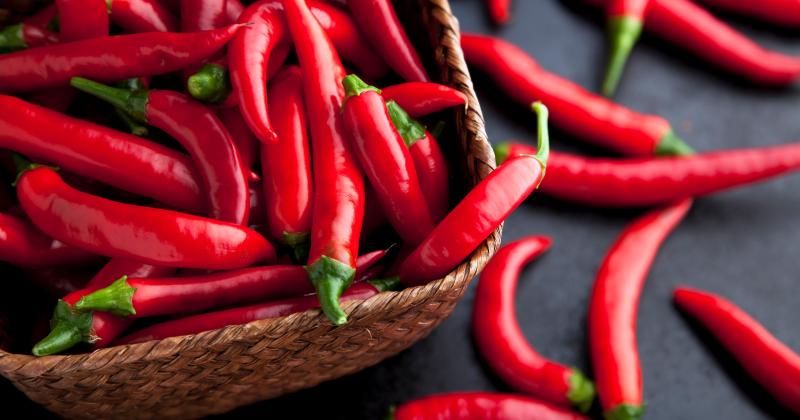 />
/>
While the Tabasco pepper is often celebrated for its zesty flavor, it's also worth noting its general health benefits. The capsaicin in Tabasco peppers can contribute to metabolic health by promoting fat burning and energy expenditure. The high content of vitamin C aids in bolstering the immune system, while vitamin A supports eye health. read more ›
THE SERENE SCENT OF SERENITY: EXPLORING SANDALWOOD
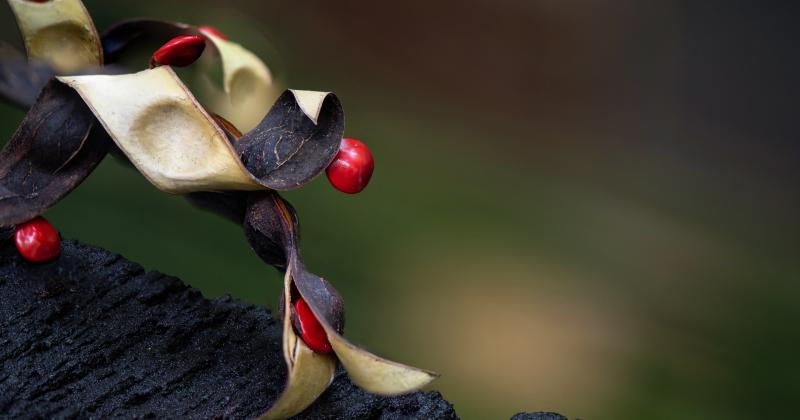 />
/>
The use of sandalwood extends into the domain of wellness, where its aromatic properties are believed to promote mental clarity, relaxation, and a sense of inner peace. In aromatherapy, the oil is used to harmonize the senses, potentially aiding in the reduction of stress and the promotion of restful sleep. Its scent is said to be grounding and is often incorporated into meditation and mindfulness practices. read more ›
GOLDEN BLOOMS OF WELLNESS: UNVEILING THE SECRETS OF AVARAM
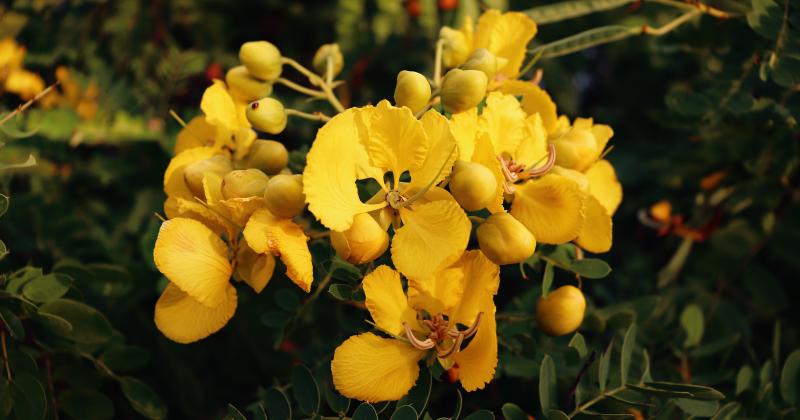 />
/>
Cassia auriculata belongs to the Fabaceae family, a family rich in flowering plants primarily recognized for their pod-bearing fruit. Avaram is a small, shrub-like plant, usually growing to a height of 1-2 meters. The leaves are compound, with oblong leaflets that are smooth on the surface. Its bright yellow flowers, arranged in dense racemes, are one of its most defining features. The plant also bears seed pods which are curved, smooth, and green to brown in color. read more ›
CARALLUMA: A COMPREHENSIVE OVERVIEW
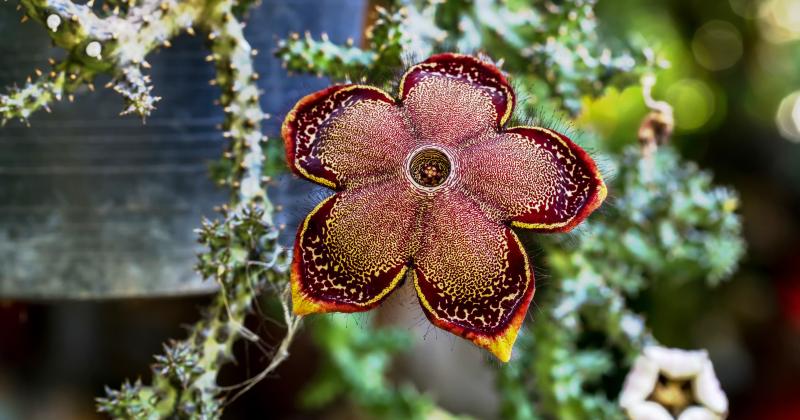 />
/>
Caralluma Adscendens belongs to the family Apocynaceae. This plant primarily thrives in parts of the Arabian Peninsula, India, and Africa. As a succulent, it is uniquely adapted to arid conditions, characterized by its fleshy stems and leaves, which allow it to retain water effectively. read more ›
DAIKON: AN INSIGHT INTO THE VERSATILE RADISH
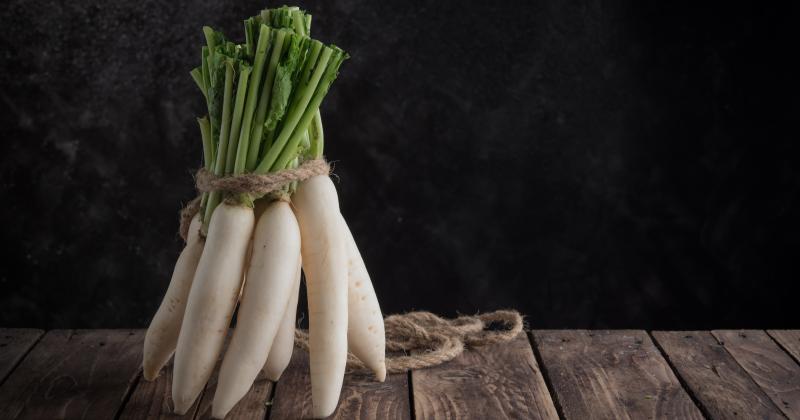 />
/>
Daikon, also known as the white radish or winter radish, is a root vegetable that is native to Southeast and East Asia. Morphologically, daikon boasts a long, cylindrical shape that tapers to a point. Its skin is smooth and ranges in color from white to pale green, while its flesh is crisp, juicy, and stark white. read more ›
ESPINHEIRA SANTA: NATURE'S BLESSING
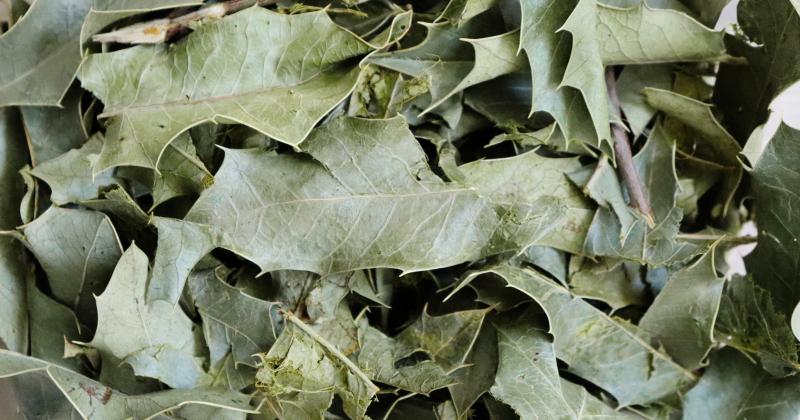 />
/>
Espinheira Santa, scientifically known as Maytenus Ilicifolia, is a plant indigenous to South America, particularly in the rainforests of Brazil, Argentina, and Paraguay. It is a medium-sized shrub or small tree that can reach heights of up to 5 meters. read more ›
NIGHT BLOOMING CEREUS: THE MARVEL OF MOONLIT BLOOMS
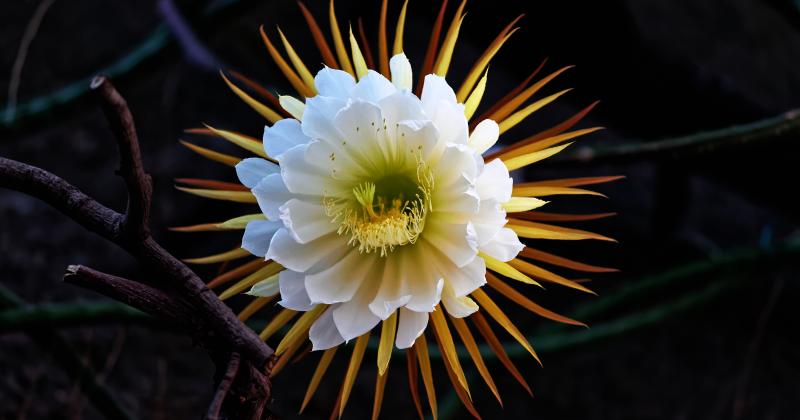 />
/>
Night Blooming Cereus, scientifically known as Cereus grandifloras, has captivated the hearts and souls of nature enthusiasts for centuries. With its ephemeral nocturnal blossoms and intriguing chemical makeup, this unique plant not only paints a spectacular visual display but also offers numerous health benefits. read more ›
THE ALLURING WORLD OF RED LENTILS: AN OVERVIEW
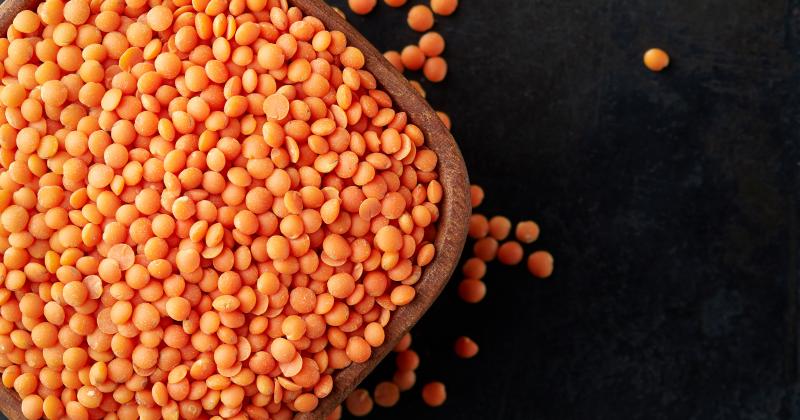 />
/>
Red lentils, with their vibrant hue and myriad of health benefits, have been a staple in many global cuisines for thousands of years. Beyond just being a food source, they are a testament to the interconnectedness of culture, history, and nature. read more ›
GALANGAL (ALPINIA GALANGA)
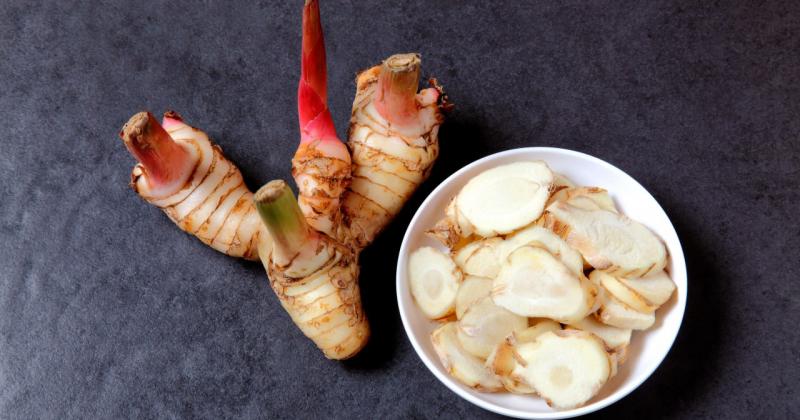 />
/>
Native to grassland areas of southern China, and Southeast Asia in general, galangal is now cultivated as a spice and as a medicine throughout much of tropical Asia. read more ›
